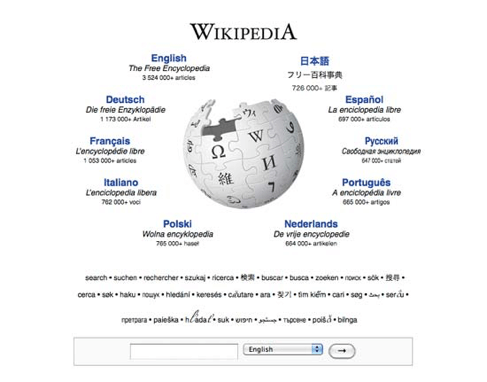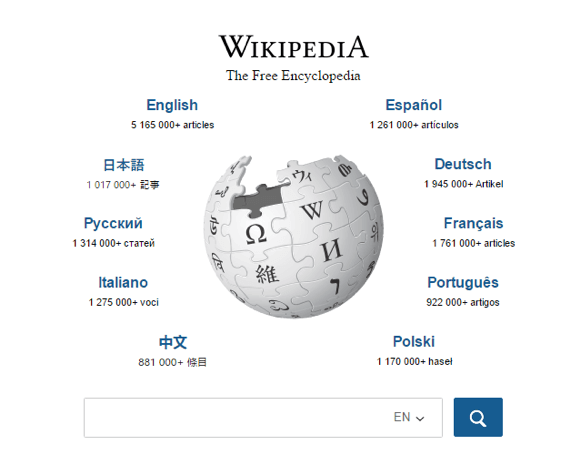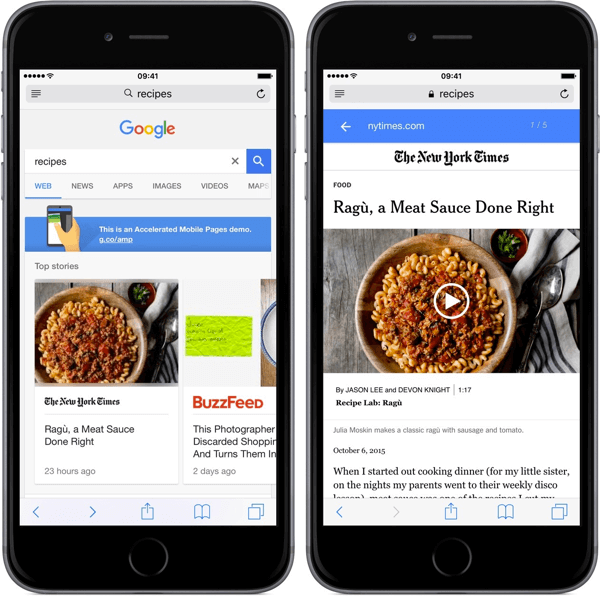The NBA is technically in it’s downtime now, but some history was made earlier this year: the first team to come back from down three in the NBA finals. The third player to have a triple-double in Game 7 of the NBA finals. The end of a 52-year title drought, and a legacy — hopefully — secured. But fans are fickle, and so are their tweets.
In June, Lebron James led the Cleveland Cavaliers to a historic NBA title against, arguably, the best offense the NBA has ever seen—in a gym with one of the most intimidating, crazy loud, crazy supportive, home-court advantages. Going into playoffs, Cleveland’s opponents, the Golden State Warriors, were 73-9 and the defending champions. Somehow this season, Lebron James, a once-in-a-generation player (apparently passing Michael Jordan as the most valuable NBA player in history) was seen as the underdog in this ridiculous, insane, playoff series. And both because and despite his greatness, Lebron is also one of the most image-conscious players in the NBA. He is completely aware of the narrative surrounding ‘Lebron James’ . At various points he has been the golden child, the abandoner, the most-hated, the undervalued, the arrogant, the vengeful, the journeyman, the prodigal son, the David, and now — perhaps — the untouchable. The best place to read the whole story and find out which particular character we’ve decided Lebron is at the moment (and he was basically all of these at different points during this seven-game series — there were 20 lead changes in Game 7 alone, and at least that many James narrative shifts) is on Twitter.
Basketball — and the NBA in particular — is in many ways the perfect storm of everything you would want (or maybe just everything I want) in story-building, the Internet, and PR. Back when Twitter was still in its infancy, NBA and their fans decided to make it their home. In 2009, ESPN reported on the NBA’s general acceptance of Twitter and the kind of unfiltered interaction occurring between athletes and fans. Today, according the league, 87 per cent of NBA players are on social media of some kind, and an estimated 70 per cent are on Twitter alone.
Now, I don’t want to throw stones or start anything, but if you really like basketball, you’re watching it on Twitter and on TV (or, more likely, a pirated streaming service/your friend’s stolen ESPN account). For whatever reason, the NBA has become an unlikely equalizer on the Internet in that its online community enjoys regular engagement from players, journalists, statisticians, and fans, more than other platforms or any other sport. During the 2014-15 season, the league added the @NBA handle to the official Spalding game ball. True randoms are tweeting at true experts or athletes and fighting over legacies. Vines, gifs, and memes, are alive and well in NBA Twitter, and a well-deployed reference or six-second spin is welcomed from anyone. Stats are shared by the establishment and diehards alike. NBA Twitter is all at once fun, informative, serious, socially conscious, and entertaining. Moreover — and this has always been an argument for Twitter period, and not just NBA Twitter — wittier, quicker, and with a finger on the pulse of the broader context.
For example, if we go back to James — the James/Curry rivalry narrative of the playoffs has sparked discussions on race, America’s easy acceptance of Golden State’s Steph Curry, the two players’ vastly different come-up stories, and their positions within the black community and the league.The discussion played out in real-time on Twitter, particularly during Game 6 and Game 7 of the finals. There is an investment in these storylines, these issues and these people — whether it comes in the form of serious discourse or the perfect vine of the perfect play.
I might be biased — but this is what you want when you’re trying to cultivate an online community: equal parts enjoyment, real talk, boiling down to 100% buy-in. Sure, you could argue that it comes with the territory of being a popular sport, that sports fans are always going to be invested in the associated storylines with their players. But there’s a dialogue between the NBA and its online community that is pretty rare. NBA fans dictate as much as they take from the sport. For example, Twitter somehow managed to turn Michael Jordan into Crying Jordan in the span of only a year. The NBA is made for social media because it and its players embrace elements of pop culture more than any other sport — from the music, to their more fashionably conscious players. The NBA draft lottery is basically a multi-media event spectacular, and the NBA draft is a multi-media event spectacular that also boasts some truly heartwarming stories and clips of sons hugging their mothers. But somehow, the use of Twitter brings it down to a level of community and discussion that makes it seem — as the New Republic pointed out, questioning whether it will supplant the NFL as America’s sport — like family.
Maybe it’s because sometimes it is, literally, a family affair. Last year, Gabrielle Union — who is married to Dwayne Wade (Miami Heat, former teammate and current best friend of Lebron) — took to Twitter to argue that a foul against Lebron from the Rockets should have resulted in a suspension. However, the familial feel can also occasionally go south. Steph Curry’s wife Ayesha Curry has an active Twitter account and started an online flurry when she tweeted about the apparent shadiness of the NBA officiating. She faced the inevitable Twitter backlash and some merciless trolling of her comments.
Like all of Twitter, discussions can be an echo-chamber, insular, and they can be daunting to the uninitiated. But that’s because NBA Twitter is a fantastically dramatic roller-coaster of opinion, fact, and nonsense, but it is in every way a community. Lebron’s a preternaturally gifted athlete, and that will of course, shape his narrative as a player. But for a truly remarkable talent he is polarizing, and his life lives online as much as off of it. But most of the fights and rivalries that take place on NBA Twitter are (with of course, a few truly horrible people, because it’s the Internet) the kind of bickering that happens between relatives.
Often with campaigns we steer away from the anything too insider or too specific for fear of alienated the unawares. This is a valid and relevant concern. Often we steer away from anything too polarizing for the same reason. But what is also valid and relevant is that sometimes all that echo-chambery, insidery, going-over-your-head-ness is a symptom of a community talking to each other in terms they all understand. Sometimes it can come together and work to, on the whole, change and improve the way you experience something.
So if you’re still curious about Twitter (even though it’s now 10 years old), or online community development in general — NBA Twitter is the stuff of gold. Legacies are built, slayed, and rebuilt in a matter of weeks. It’s prone to hyperbole and tantrums. People are insightful and insufferable. You both crave the break and then wish it wasn’t on break when it comes around. It’s a pretty good example of a fully-developed and active online community, and your average visit with your family.




